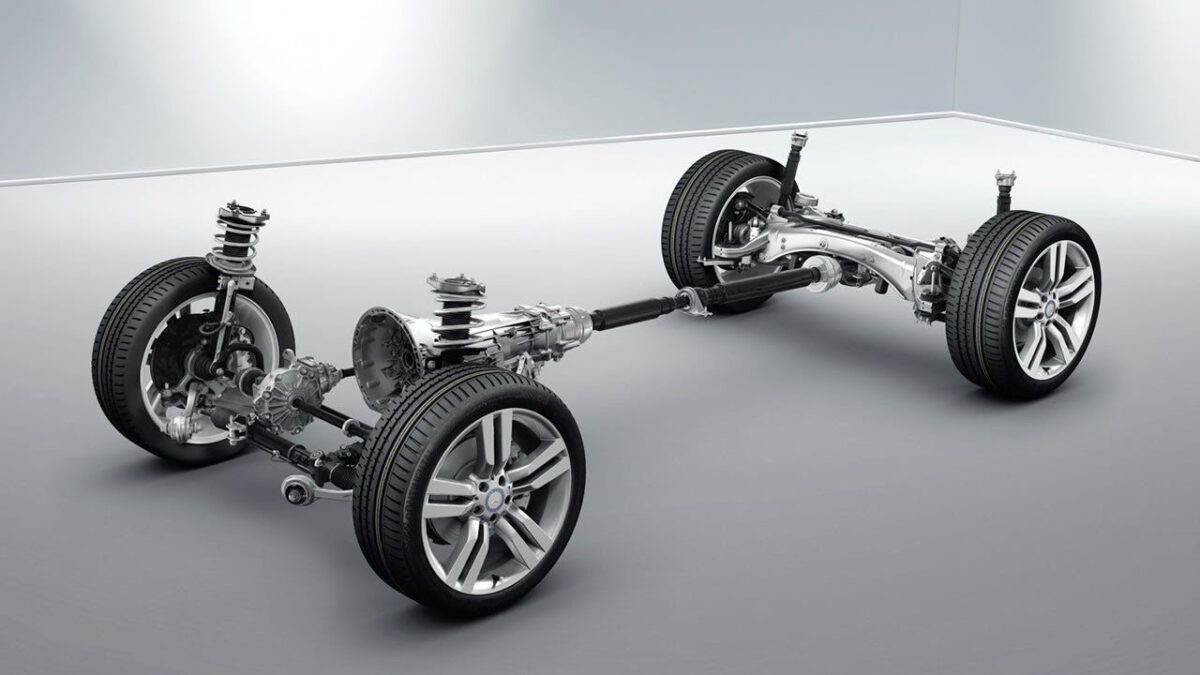
High Demand for Luxury Vehicles in Asia-Pacific to Bolster Growth
The automotive steering system is a critical component of a vehicle, which enables the driver to control the direction of the vehicle’s movement. The steering system comprises several components that work together to facilitate the driver’s ability to steer the vehicle.
The main components of an automotive steering system include the steering wheel, steering column, steering gearbox, and tie rods. The steering wheel is the part of the system that the driver uses to turn the wheels. The steering column connects the steering wheel to the steering gearbox, which is responsible for translating the rotational motion of the steering wheel into lateral motion of the wheels. The tie rods connect the steering gearbox to the wheels and transmit the motion of the gearbox to the wheels.
There are several types of steering systems, including manual steering, power steering, and electric power steering. Manual steering systems require the driver to apply force to turn the wheels, while power steering systems use hydraulic pressure or electric power to assist the driver’s steering efforts.
The steering system also includes other components such as the steering pump, steering fluid, and steering rack. The steering pump is responsible for generating the hydraulic pressure needed for power steering, while the steering fluid helps to lubricate and cool the system’s components. The steering rack is the mechanism that translates the lateral motion of the gearbox into the turning motion of the wheels.
The steering system is a critical component of a vehicle, and any issues with it can compromise the vehicle’s safety and drivability. Regular maintenance, including inspections, fluid checks, and component replacements, is crucial to ensure that the steering system functions properly.
What does the Report Include?
The market report includes a detailed assessment of the various market drivers and restraints, opportunities, and challenges that the market will face during the projected horizon. The report provides comprehensive research into the regional developments of the market, affecting the market growth. The report includes information sourced from the advice of expert professionals from the industry by our research analyst using several research methodologies for the market. In addition to this, the competitive landscape offers further detailed insights into the strategies such as product launches, partnerships, merger and acquisition, and collaborations adopted by the companies to maintain market stronghold between 2019 and 2026.
DRIVING FACTORS
Growing Demand for Fuel-Efficient Vehicles to Surge Demand
Depleting natural resources and heavy strain on fossil fuels owing to the increasing production of automotive is propelling the need for development of fuel-efficient vehicles. Increasing pollution owing to the combustion of fossil fuels is driving the automotive industry to develop electric vehicles. Additionally, stringent government regulations regarding the emission limit in automotive is expected to drive the global automotive steering system market share in the forthcoming years. The companies producing high-tech steering wheel systems backed by technological advancement will favor the market growth during the forecast period.
REGIONAL INSIGHTS
High Demand for Luxury Vehicles in Asia Pacific to Augur Growth
Among all regions, the market in Asia-Pacific is expected to remain dominant and register high global automotive steering system market revenue during the forecast period. This is ascribable to factors such as increasing production and sales of luxury vehicles in the region. Besides, high disposable income of the consumers in countries such as India and China will bode well for market growth in the region. Europe, on the other hand, is expected to be the Second-Most leading region during the projected horizon. This is attributable to factors such as stringent government regulations to promote fuel-efficiency in automotive.
A car air purifier is a device designed to remove pollutants and allergens from the air inside a car. It works by drawing in air from the surrounding environment and passing it through a filter that traps particles such as dust, pollen, and bacteria. Some car air purifiers may also use ionization or ozone generation to further improve air quality.
There are many different types of car air purifiers available, with varying levels of effectiveness and features. Some purifiers are designed to be plugged into a car’s cigarette lighter socket, while others may be battery-operated or have a built-in power supply. Some purifiers may also include additional features such as a HEPA filter, UV-C light, or activated carbon filter to further improve air quality.
The automotive steering system is a critical component of a vehicle that allows the driver to control the direction of the vehicle. There are two main types of automotive steering systems: manual and power-assisted.
Manual steering systems require the driver to use physical force to turn the wheels of the vehicle. These systems are typically found in older vehicles or in some specialty vehicles where the weight of the vehicle is low enough that a power-assisted system is not necessary.
Power-assisted steering systems, on the other hand, use hydraulic or electric power to assist the driver in turning the wheels. There are two main types of power-assisted steering systems: hydraulic and electric.
Hydraulic power-assisted steering systems use a pump to push hydraulic fluid through a series of hoses and into a cylinder attached to the steering system. This cylinder then uses the pressure of the hydraulic fluid to help turn the wheels. This type of system is typically found in larger vehicles and is known for its smooth operation and reliability.
Electric power-assisted steering systems use an electric motor to assist the driver in turning the wheels. These systems are becoming increasingly popular in modern vehicles due to their efficiency and ease of use. They also offer the advantage of being able to vary the level of power assistance based on driving conditions, which can help improve fuel economy.
Regardless of the type of steering system, it is important to keep the system properly maintained to ensure safe and reliable operation. This includes regular inspections, fluid checks, and replacement of worn or damaged components as needed.



